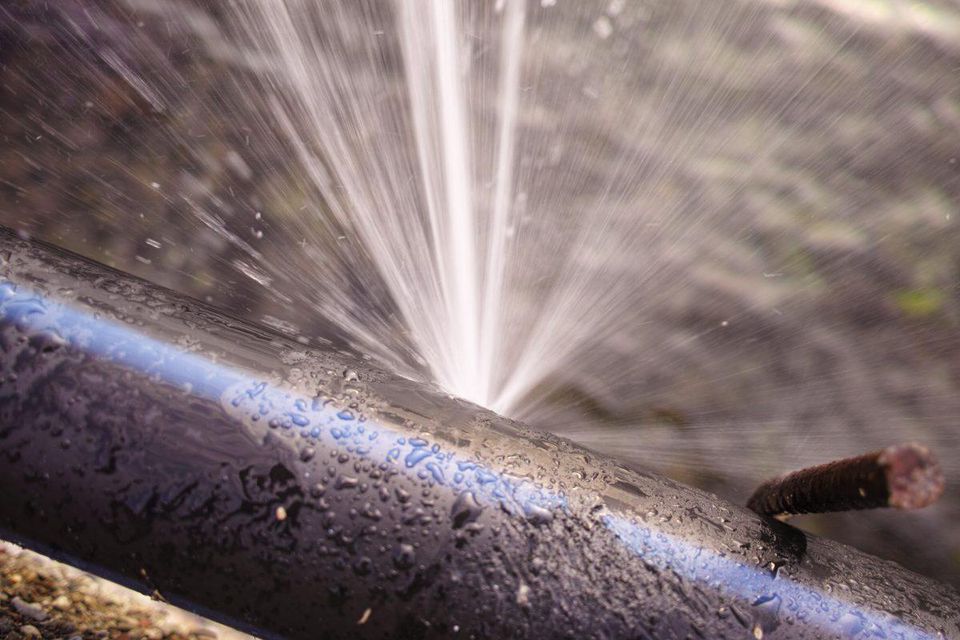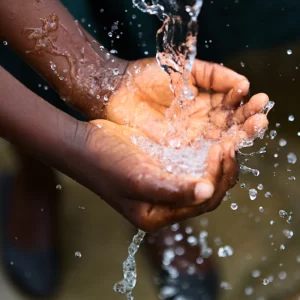
Who fixes what water leakage on the water supply network depends on the location and nature of the leak. For issues within the customer’s property, they would be compelled to typically call a plumber.
Leaks from pipes, plumbing fixtures and fittings are a significant source of water waste for many households. Averagely, a considerable number of customers lose about 5 gallons of water per day to indoor leaks. Some leaks are obvious, such as dripping faucets and leaking water heaters. Unfortunately, many leaks go undetected for years because the source of the leak is not visible
Who is responsible for what?
For problems related to the public water supply, the public is always reminded to contact their nearest branch or NWSC through the call center, social media handles, NWSC website and call any contact person in NWSC. It is crucial to act promptly once one detects a water leak to prevent further damage and water wastage.
Fixing water leaks in a water system typically involves the expertise of professionals from various fields, depending on the location and severity of the leak. Here are the key parties involved in fixing water leaks:
- Homeowner or Tenant: If you notice a water leak inside your home or property, your first step should be to turn off the water supply to that area or the entire house if necessary. You can often handle minor leaks, such as a dripping faucet or a loose pipe connection, yourself. For more significant issues, it’s advisable to contact a professional plumber.
- Plumber: Plumbers are trained and licensed professionals who specialize in installing and repairing plumbing systems. They can identify and fix leaks in your plumbing system, whether it’s a leaky pipe, a faulty valve, or a malfunctioning water heater.
Toilet Leaks
Toilets are one the most common sources of leaks in the home, and usually go unnoticed because the leaks are often silent and out of view. Several research studies have found 20% to 35% of all residential toilets leak to some degree. Large toilet leaks can be detected when the valve constantly emits a hissing or gurgling sound when the toilet is not in use.
To begin looking for leaks, remove the tank lid and inspect the flush mechanisms. The water level in the tank should be no higher than 1 inch below the top of the overflow tube. If the water level is to the very top of the overflow tube, water is slowly leaking into the overflow tube and down the drain. The problem has one of three causes:
1) The water level is adjusted too high;
2) The float is damaged and not shutting off the refill valve; or,
3) The refill valve (ball-cock assembly) is worn out and needs replacement.
National Water and Sewerage Corporation: If the water leak is outside your property and is related to the main water supply line, you should contact NWSC. They are responsible for maintaining and repairing water mains and distribution lines that deliver water to homes and businesses. They will dispatch their own Plumbers and field staff to assess and fix the issue.
NWSC should be contacted before any attempt to repair the water supply pipe. If the corporation deems the leak to be the responsibility of the homeowner, a professional plumber should perform all repair work. This repair should never be attempted by a homeowner.
There are sometimes leaks between the meter and the home, in the water supply line. These leaks are often difficult to detect because the supply pipe is usually buried at least 3 feet (.91 m) below the ground surface.
Sometimes the leaking water will travel along the pipe, back to the meter. If the meter box contains water, and the water is not due to rain or irrigation run-off, this may indicate a leak in the supply line.
Another common exit point for the leaking water might be where the supply line rises above the ground and/or enters the house. If the soil is constantly damp at these locations this might indicate a leak.
In cases of severe leaks, the water will sweep up towards the ground surface, usually directly above the path of the underground pipe. Leaks between the meter and the house are the responsibility of the homeowner; leaks from the meter or pipes leading from the main to the meter are the responsibility of NWSC.
NWSC should be contacted before any attempt to repair the water supply pipe. If NWSC deems the leak to be the responsibility of the homeowner, a professional plumber should perform all repair work. This repair should never be attempted by a homeowner.


